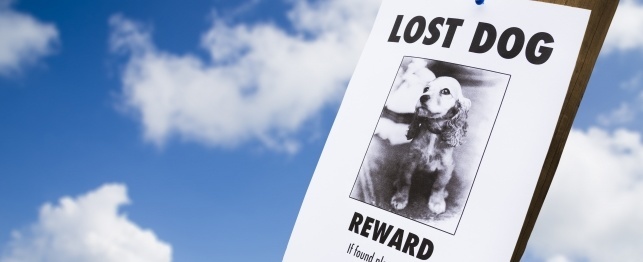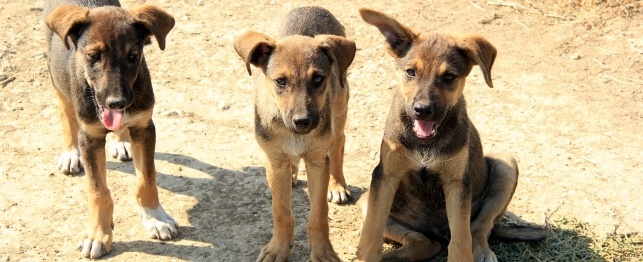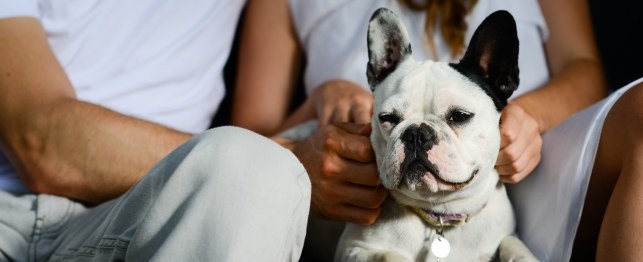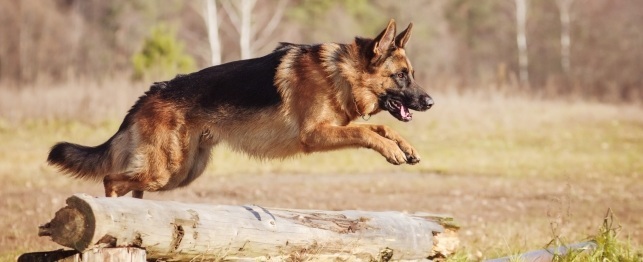
Dogs
Throughout the world there are more than 400 purebred dogs. However, the American Kennel Club only recognizes and accepts breeds with a lineage, as well as those with an active breed group to perpetuate and develop the breed. For that reason, the AKC does not recognize many breeds. Once recognized by the AKC, the breed appears in the AKC Stud Book. Each breed is placed in a specific category, based on temperament, physical appearance and function.
When the American Kennel Club was founded in 1884 (then called the Philadelphia Kennel Club), it haphazardly listed its original 29 different breeds. Breeds as different as the dachshund and the mastiff were lumped together on the list.
As the list of purebreds slowly grew, club officials realized they needed to organize the many different purebreds into distinct groups. In 1923, the AKC organized the breeds into five categories: Sporting Dogs (including hounds), Working Dogs, Toy Breeds, Terriers and Non-sporting Dogs.
By far, the largest group was the Working Dog Group. In 1983, the AKC divided this group by creating the Herding Breed category. Dogs in this group all have the ability to drive livestock from one place to another. Herding dogs have historically been used to assist shepherds and farmers in caring for their livestock. These dogs are genetically programmed to want to keep livestock, pack members or even children in one area. The tactics these dogs use vary. Even those dogs not used to herd livestock will have a natural tendency toward keeping order. These are intelligent dogs and learn quickly.
Dogs belonging to the Herding Breed group include:
Australian cattle dog. Unlike the Aussie, the Australian cattle dog is truly from Australia. Developed to herd cattle, this dog needs lots of mental stimulation and physical activity.
Australian shepherd. Despite his name, the Australian shepherd is an American made dog. Used in herding, protecting and various competitive sports, the Aussie is very intelligent and craves activity.
Bearded collie. The bearded collie may not be as popular as some other breeds but he has plenty of admirers. A hardy dog that thrives as a sheep dog in Scotland, this breed has a thick coat that allows his to thrive in cold outdoor weather.
Beauceron. As a large dog, the beauceron typically weighs around 100 pounds. This breed is related to the briard and originated in France. Used as a herding and guarding dog, the beauceron needs lots of exercise to stay happy and healthy.
Belgian malinois. Related to the other Belgian sheep herding dogs, the malinois is an intelligent and versatile breed. Gaining popularity as a working dog, the malinois can now be seen in police work, tracking and obedience competitions.
Belgian sheepdog. As one of the representative breeds of Belgium, this black dog is cherished as a police dog, guard dog, herding dog and companion. With a longer coat than the malinois, the sheepdog is also a versatile working breed.
Belgian tervuren. Another of the Belgian sheep herding dogs, the tervuren is a general purpose dog. Used in herding and guarding, this breed looks like a long-haired version of the malinois.
Border collie. Considered one of the most intelligent dog breeds, the border collie loves to herd anything and everything. With his natural instinct, the border collie is unrivaled in herding competitions and agility.
Bouvier des Flandres. Originating in southwest Belgium, the bouvier was used to herd cattle. Today, the bouvier excels in police work and military work.
Briard. Developed in France, the briard was used to protect livestock from wolves and other predators. Eventually, the breed was used to herd sheep and today is a devoted and faithful companion.
Canaan dog. This breed dates back to biblical times and is a dog of Israeli descent. Named for the Land of Canaan, drawings of this breed have been found in tombs as old as 2000 BC. The breed was used to guard and herd the flocks of ancient Israelites.
Collie. A family favorite, the collie is available in a rough coat and smooth coat. Used in Scotland and Northern England to herd sheep, the collie of today still has some herding instincts.
German shepherd. Nearly always topping the most popular breed lists, the German shepherd has natural guarding and protecting instincts. Developed as a herder, the breed soon became a popular police, search and rescue and guard dog.
Norwegian Buhund Herding dog from Norway. Belongs to a class of dogs called spitz. This breed is medium size, energetic and strong.
Old English sheepdog. Easily recognized by his thick white and gray coat, the Old English sheepdog is not as popular as other breeds. Originally used to drive sheep and cattle to the market, the OES still maintains his natural herding instincts.
Polish lowland sheepdog. The Polish lowland sheepdog looks somewhat like a small version of the Old English sheepdog with his shaggy coat. Hailing from Poland, this dog is an excellent sheep herder and great family pet but can be a bit stubborn if not trained.
Puli. This Hungarian breed has a strange hair coat, similar to the komondor. Developed as a herding dog, the puli is a much smaller and darker version of the other mop head breed.
Pyrenean Shepherd Working dog from the Pyrenees Mountains of Southern France. Small in size, active, intelligent and very athletic.
Shetland sheepdog. Looking like a miniature collie, the Sheltie is a wonderful companion. The breed has a natural instinct to guard property and excels in obedience trials and agility.
Cardigan Welsh corgi. Though similar in appearance to the Pembroke Welsh corgi, the Cardigan has a different history. An excellent herding dog, the Cardigan can be distinguished from the Pembroke by the presence of a tail.
Pembroke Welsh corgi. At about 25 pounds, the Pembroke Welsh corgi is a popular pet. This stocky short tailed breed has a natural herding instinct and may attempt to herd his family, especially small children. This instinct, however, is even stronger in the Cardigan.
Swedish vallhund__. The Swedish vallhund is a spitz breed hailing from Sweden. Known as the "little Viking dog" this breed is a great family pet and working dog and is the newest member of the American Kennel Club family.
 What To Do If Your Dog Is Lost
What To Do If Your Dog Is Lost
What To Do If Your Dog Is Lost
What To Do If Your Dog Is Lost
 Great Tips For Obtaining The Best From Your Home Transaction
In case you are offering of getting a for any reason, you w
Great Tips For Obtaining The Best From Your Home Transaction
In case you are offering of getting a for any reason, you w
 Dog Hoarding: The Hidden Suffering
Dog Hoarding: The Hidden Suffering
Dog Hoarding: The Hidden Suffering
Dog Hoarding: The Hidden Suffering
 The Best Pets for New Millennial Families
The Best Pets for New Millennial Families
The Best Pets for New Millennial Families
The Best Pets for New Millennial Families
 Picking a Male German Shepherd for your Family
Picking a Male German Shepherd for your Famil
Picking a Male German Shepherd for your Family
Picking a Male German Shepherd for your Famil
Copyright © 2005-2016 Pet Information All Rights Reserved
Contact us: www162date@outlook.com